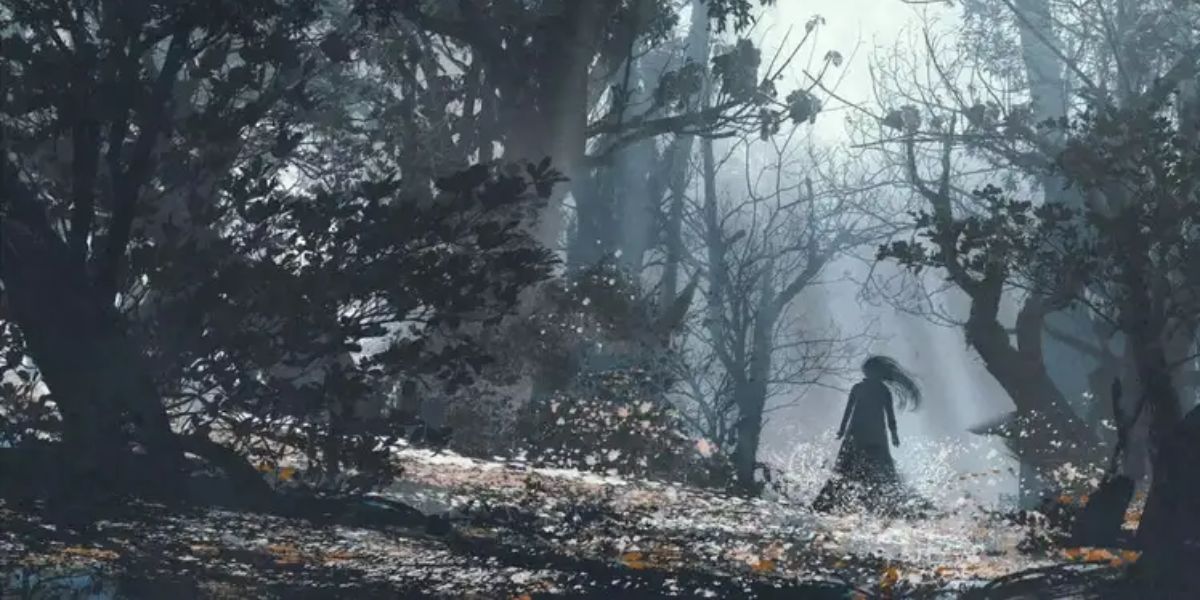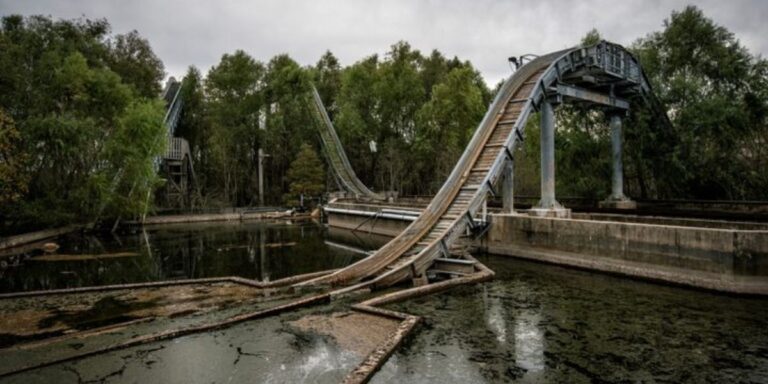Deep in the wetlands and low-lying plains of Indiana, eerie, lifeless trees stand like skeletons reaching into the sky—ghostly reminders of what once thrived. Known as “ghost forests,” these desolate woodlands offer a haunting glimpse into the environmental shifts reshaping the Hoosier landscape.
Once rich with biodiversity, these areas have become silent graveyards of dead or dying trees, standing in stagnant water or surrounded by invasive vegetation. Scientists and environmentalists warn that these ghost forests are not only ecological curiosities—they’re powerful indicators of climate change, rising water tables, and disrupted ecosystems.
What Are Ghost Forests?
Ghost forests are regions where previously healthy woodlands have died off due to changing environmental conditions. In Indiana, they typically appear in wetlands, floodplains, or coastal-adjacent areas where rising groundwater or frequent flooding has overwhelmed the natural resilience of trees.
When freshwater or saltwater invades previously dry or semi-moist land, tree roots are suffocated, and vegetation slowly dies. What remains are dead stumps and leafless trunks—ghostly silhouettes against the landscape.
Indiana’s ghost forests are especially prevalent in the southern and northwestern parts of the state, including along the Kankakee River, parts of the Wabash River basin, and near the shrinking hardwood swamps of the Hoosier National Forest.
Climate Change and Water Table Shifts
One of the primary drivers behind ghost forest formation in Indiana is the rise in groundwater levels due to changing rainfall patterns and climate-related shifts.
Over the past several decades, Indiana has seen an increase in precipitation, particularly in the spring. These heavy rains saturate the soil, flood low-lying areas, and elevate the water table. For trees not adapted to waterlogged conditions, prolonged exposure causes root rot, nutrient deprivation, and eventually death.
Additionally, more frequent storm surges and flash floods have made it harder for forests to recover. According to the Indiana Climate Change Impacts Assessment, the state is experiencing warmer winters and wetter springs—conditions that encourage invasive species and fungal infections to spread, placing more stress on native tree populations.
The Ecological Consequences
Ghost forests dramatically alter the ecosystems they once supported. As hardwood trees die off, entire food chains are disrupted. Birds lose nesting habitats, mammals migrate or die off, and insect populations either collapse or explode, depending on their tolerance to change.
Moreover, ghost forests often become breeding grounds for invasive plants like phragmites or reed canary grass. These fast-growing species dominate the landscape, preventing the reestablishment of native trees and creating monocultures that support far fewer species. This leads to reduced biodiversity and a significant drop in the ecosystem’s resilience.
Wetlands that transition into ghost forests also lose their ability to filter water, absorb excess rainfall, and store carbon. Ironically, dying trees release carbon dioxide into the atmosphere, exacerbating the climate issues that helped create ghost forests in the first place.
A Wake-Up Call for Conservationists
For conservationists, Indiana’s ghost forests serve as both a warning and an opportunity. They highlight the immediate need to adapt land management practices to a changing climate. Conservation organizations are now using satellite imagery, drone technology, and on-the-ground monitoring to track ghost forest expansion and identify vulnerable areas.
In some regions, land trusts and environmental groups are restoring natural floodplains, planting climate-resilient trees, or allowing beaver activity to help re-engineer healthy wetlands. Education programs are also being launched to help landowners and farmers adapt their practices to better support the natural hydrology of the land.
Human Impact and Responsibility
While climate change plays a large role in the ghost forest phenomenon, human activities also bear responsibility. Over-drainage of wetlands for agriculture, unregulated groundwater pumping, and construction of impermeable surfaces have disrupted Indiana’s water systems. In many cases, ghost forests appear in areas where natural water cycles have been heavily manipulated.
Urban sprawl continues to encroach on Indiana’s natural habitats, often with little thought for long-term sustainability. Policymakers and developers are being called upon to consider ecological impacts when making decisions about land use, stormwater infrastructure, and zoning.
Ghost Forests as Living Memorials
There’s something undeniably poetic and tragic about Indiana’s ghost forests. They stand as living memorials to what the landscape once was—and what it could still become. For hikers, naturalists, and photographers, these places are a reminder of nature’s fragility. But they also hold the potential to inspire a more informed and responsible relationship with the environment.
Some artists and environmental educators have even begun using ghost forests as outdoor classrooms and natural exhibits to raise awareness. By blending science, storytelling, and direct observation, these initiatives help connect communities to the shifting world around them.
Conclusion
Indiana’s ghost forests are more than just haunting visuals—they are signs of a system under strain. As climate change intensifies and water systems continue to shift, these once-thriving forests offer us a clear message: environmental change is no longer theoretical. It is visible, measurable, and already transforming our landscapes. Whether we respond with resilience or regret depends on what we choose to do next.







Leave a Comment